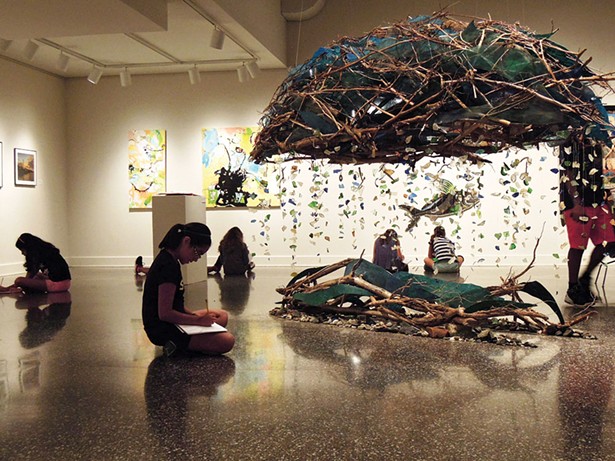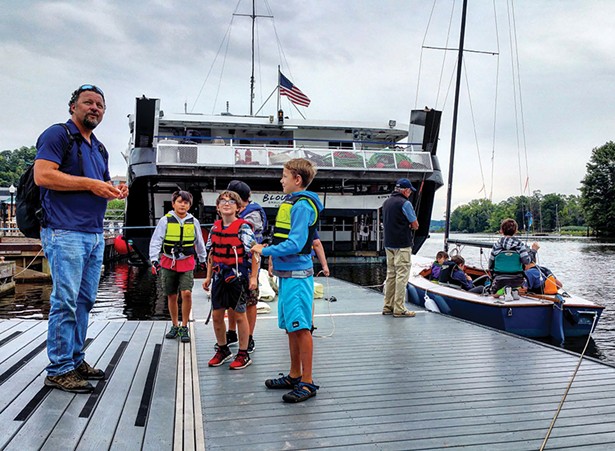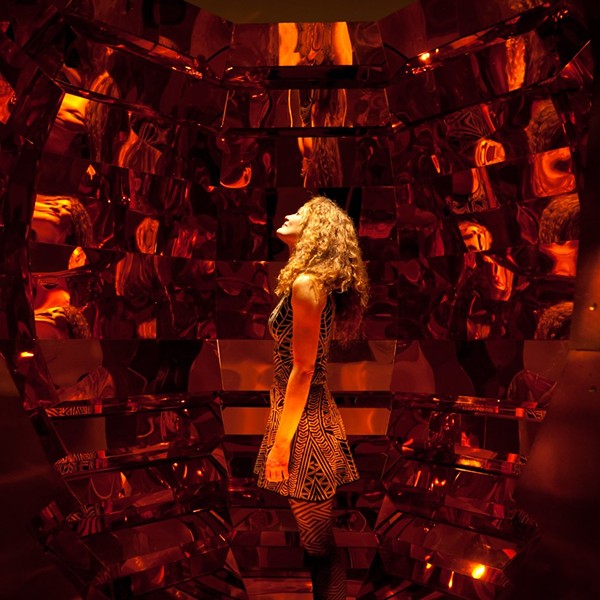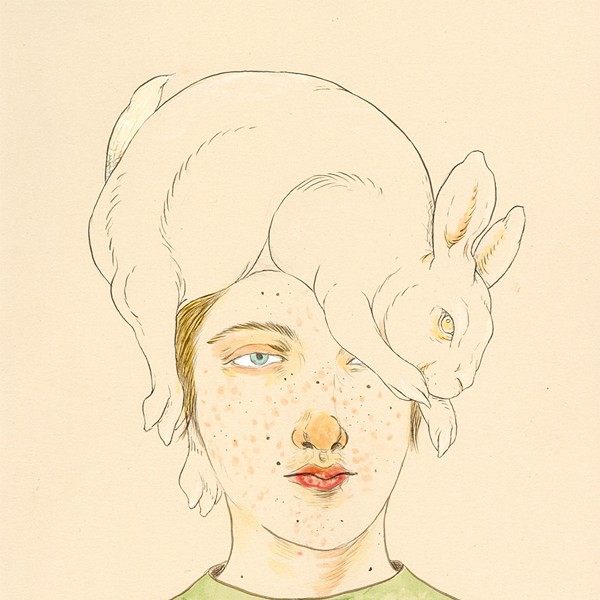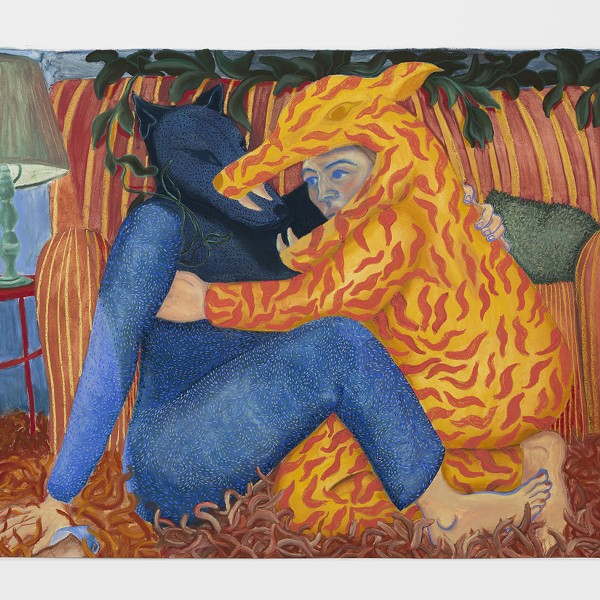From nature to history, the region offers a diverse selection of museums. Here is a look at some local museums’ educational programming.
The value of experiential learning is obvious: It's the difference between reading a textbook interpretation and reading a person's own words beside the desk where she wrote them and walking in her fooststeps. Not even the most ardent art history lecturer can compare to the experience of standing inches from a canvas or sculpture with an artist at your side. It's this basic awareness that undergirds the development of learning standards that emphasize primary and multiple sources. And it's this awareness that fueled the passage of the Museum Education Act, approved by the New York State Legislature in June and currently awaits the governor's signature, which would establish a $5 million museum education grant program intended to allow New York's 1,600 or so cultural institutions to serve more school districts in this era of reduced funding for education and the arts.
Here in the Hudson Valley, museum folks have been refining their educational programming for decades. At the FDR Library and Museum in Hyde Park, toured by 30,000 students last year, Education Director Jeffrey Urbin says the process starts in second grade. "The minute students get off the bus, their lunches are put on carts named for FDR's Four Freedoms," he says. "They're learning from the first minute. They meet Fala—a person in a dog costume. The kids all love pets, so there's an immediate emotional connection. There's only so explicit you want to get about the mid-20th century with seven-year-olds. For example, we describe Hitler as 'the world's worst bully' and explain that FDR had to stand up to him, just as they need to stand up to bullies at school."
Grades 4 through 6 are introduced to the five constitutional roles of the presidency through a "pretend you are the president" exercise. "If you ask kids if they think it would be easy, the first answer tends to be 'yes,'" says Urbin. "But then they come to understand that it's more like having homework in every subject every single night." For teens and adult learners, the institution can draw on its collection of some 17 million pages of primary source documents. "If you're looking for two exciting people, [Franklin and Eleanor] were absolutely your guy and gal, and you don't have to be a history geek to get that feeling," says Urbin. "The Depression, the New Deal, the creation of the United Nations—for a time, in the mid-20th century, Hyde Park was truly one of the centers of the earth." The National Park Service offers its programming to all school districts free of charge, and a grant from AT&T helps cover transportation costs for cash-strapped districts. AT&T also collaborates with the National Archives and Records Administration to create digitized "curriculum hubs" that bring the Library and Museum to the classroom, whether in Poughkeepsie, Oshkosh, or Anchorage.
Boats, Boats, Boats
Even without the resources of the National Park Service and a big telecom at their disposal, area museums are fully up to speed with curriculum standards and document-based learning and eager to incorporate schools. "They study the history in school, but it's much more exciting when you grasp that it happened right here under your feet," says Sarah Wassberg Johnson, director of education at the Hudson River Maritime Museum in Kingston. "Reading the words of George Washington to the elders of the Old Dutch Church, a local woman writing to her mother about the Stamp Act, or a letter of passage issued to a British deserter brings it home."
The Maritime Museum offers an in-school document-based experience for grades 4 through 8, drawing on excerpts from John Lambert's Travels Through Lower Canada and the United States of North America, 1806, 1807, and 1808. Thematic on-site field trips range from "Boats, Boats, Boats," for the youngest to Revolutionary War history and environmental stewardship in partnership with Poughkeepsie-based environmental nonprofit organization Clearwater. In spring 2018, students got onboard a replica of the Onrust, the ship used by Captain Adriaen Block in a 1614 expedition to chart Henry Hudson's discoveries. The museum currently offers teachers a menu of 11 curriculum-aligned options and a list of potential funding sources. Johnson says the museum has worked with area educators ever since its beginning in 1980, but the growing recognition of the importance of firsthand learning has created new opportunities. "We started our program for every fourth-grader in Kingston with funding from the Boice Bros. Dairy in 2014. They dedicate the profits from their World's Longest Ice Cream Sundae event. Getting that seed money made a big difference; the district could not have afforded to do it on their own."







